

- RFQ
- BOM
-
Contact Us
Tel: +86-0755-83501315
Email: sales@sic-components.com
- Chinese
- English
- French
- German
- Portuguese
- Spanish
- Russian
- Japanese
- Korean
- Arabic
- Irish
- Greek
- Turkish
- Italian
- Danish
- Romanian
- Indonesian
- Czech
- Afrikaans
- Swedish
- Polish
- Basque
- Catalan
- Esperanto
- Hindi
- Lao
- Albanian
- Amharic
- Armenian
- Azerbaijani
- Belarusian
- Bengali
- Bosnian
- Bulgarian
- Cebuano
- Chichewa
- Corsican
- Croatian
- Dutch
- Estonian
- Filipino
- Finnish
- Frisian
- Galician
- Georgian
- Gujarati
- Haitian
- Hausa
- Hawaiian
- Hebrew
- Hmong
- Hungarian
- Icelandic
- Igbo
- Javanese
- Kannada
- Kazakh
- Khmer
- Kurdish
- Kyrgyz
- Latin
- Latvian
- Lithuanian
- Luxembou..
- Macedonian
- Malagasy
- Malay
- Malayalam
- Maltese
- Maori
- Marathi
- Mongolian
- Burmese
- Nepali
- Norwegian
- Pashto
- Persian
- Punjabi
- Serbian
- Sesotho
- Sinhala
- Slovak
- Slovenian
- Somali
- Samoan
- Scots Gaelic
- Shona
- Sindhi
- Sundanese
- Swahili
- Tajik
- Tamil
- Telugu
- Thai
- Ukrainian
- Urdu
- Uzbek
- Vietnamese
- Welsh
- Xhosa
- Yiddish
- Yoruba
- Zulu
- Kinyarwanda
- Tatar
- Oriya
- Turkmen
- Uyghur
Thermal management of amplifiers in integrated circuits
The thermal management of IC amplifiers is really something that directly affects whether they can work properly and how long they last. Especially those engaged in power amplification or high-frequency operations, heat is simply pouring out. If the heat can't be dissipated, once the chip junction temperature rises, reduced gain and increased noise are minor issues; in the worst case, it can burn out directly, which would be a huge loss. Whether it's a small audio amplifier in headphones or a high-power module in a factory, poor thermal management makes everything useless.
To handle thermal management, you first need to understand where the heat comes from. Power amplifiers are especially good at generating heat. Electrical energy can't all be converted into useful output power; the rest becomes waste heat, emanating from the semiconductor junctions. For example, for bipolar devices, the power dissipation is roughly VCE multiplied by IC, and it's similar for MOSFETs. The higher the output power, the lower the efficiency, and the longer it runs at full load, the more severe the heat generation. Take a Class AB audio amplifier, for instance. When driving a 4-ohm speaker to 50W, more than 20 watts may turn into heat. If not handled, the junction temperature will soar in minutes, which is really scary.
There's also the concept of thermal resistance to understand, which is the resistance to heat flow from the junction to the surrounding environment, such as RθJA (junction to ambient) and RθJC (junction to case). The smaller the value, the smoother the heat dissipation. For example, a power amplifier with an RθJA of 25°C/W means that for every watt dissipated, the junction temperature is 25 degrees higher than the environment. This is no joke, so we must find ways to reduce this value during design.
The simplest method is to add a heat sink. This thing relies on increasing the surface area to allow heat to radiate or convect into the air faster. High-power IC amplifiers, such as those in motor drives, must be equipped with a large aluminum or copper heat sink. Thermal paste or a thermal pad is applied in between to fill the gaps; otherwise, poor contact will greatly reduce the heat dissipation effect. Heat sinks can't be chosen randomly either. Too large ones cost money and take up space, while too small ones can't control the temperature at all. They need to be just right.
PCB layout is also extremely crucial. The copper itself can conduct heat, so making power lines thicker and using 2oz or thicker copper allows heat to spread faster. Vias are also very useful, especially for ICs with exposed thermal pads. Drilling four or five thermal vias around them to conduct heat from the top layer to the bottom ground plane or a dedicated heat dissipation layer is equivalent to adding a heat dissipation function to the PCB. I tried drilling a few vias next to a surface-mount audio amplifier, and the junction temperature dropped by 10 to 15 degrees directly—it's amazing.
If passive cooling isn't enough, active cooling is needed. A fan blowing can improve convection effects by two to three times compared to natural cooling. Like the entertainment system amplifiers in cars, which have limited space, a small fan is installed to keep the temperature stable. In more extreme cases, such as high-power RF amplifiers in communications with hundreds of watts of heat, water cooling is necessary. The cold plate is directly attached to the IC. Although it's complex and expensive, there's no other way—it can handle the heat.
Most current IC amplifiers have a thermal shutdown function. When the junction temperature exceeds the safe value (usually 150 to 175 degrees), they automatically reduce gain or shut down. You can also place a thermistor or diode nearby to feed temperature back to the microcontroller, reducing power in advance to prevent it from burning out. This trick is particularly important in medical equipment; a sudden shutdown is unacceptable.
Environmental factors can't be ignored either. In high-temperature places, such as next to industrial ovens or in automotive engine compartments, heat dissipation is inherently difficult. At this time, the amplifier must be derated. For example, it can output 100W at 25 degrees, but may only reach 60W at 85 degrees; otherwise, it can't hold on. The enclosure design also matters. Vented ones allow hot air to escape, while sealed ones must rely on more powerful heat sinks or active cooling to compensate.
Anyway, the thermal management of IC amplifiers requires comprehensive consideration, using heat sinks, PCB design, active cooling, and protection circuits. Understanding heat sources, reducing resistance, and adapting to the environment can ensure that the amplifier has stable performance and a long service life; otherwise, a single failure will result in large losses. Regardless of the size of the device, the thermal management barrier must be passed—no negotiation.
https://www.sic-components.com/

Hot Products
View MoreRelated Blogs

2000+
Daily average RFQ Volume

30,000,000
Standard Product Unit

2800+
Worldwide Manufacturers

15,000 m2
In-stock Warehouse



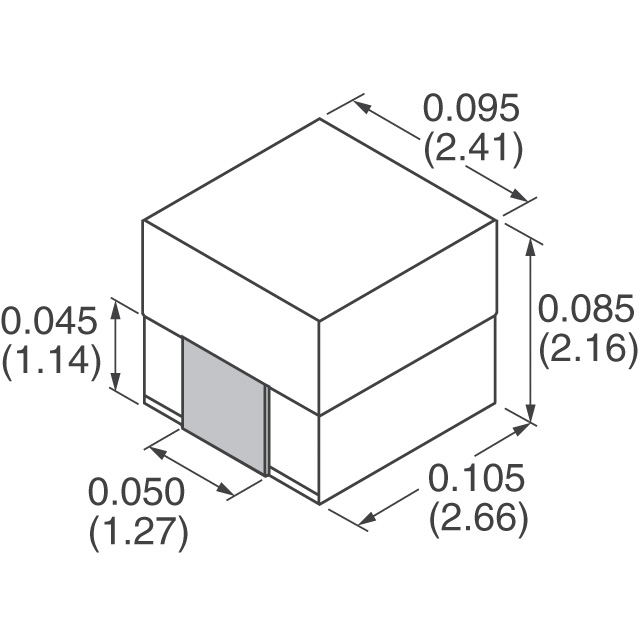
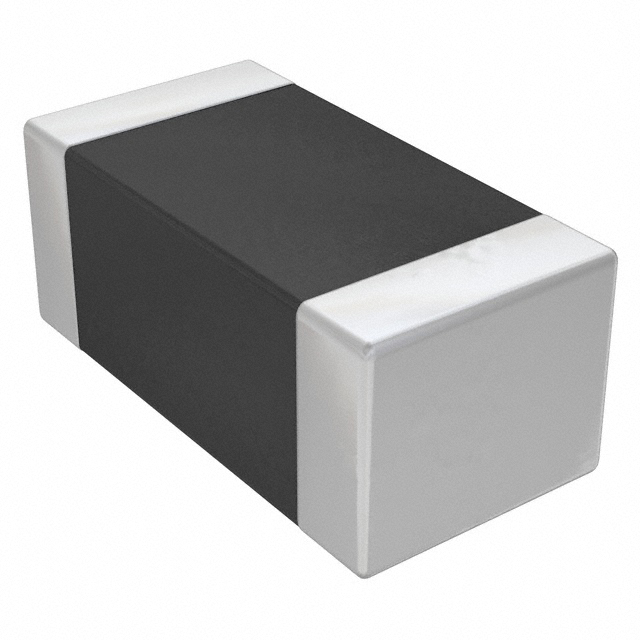

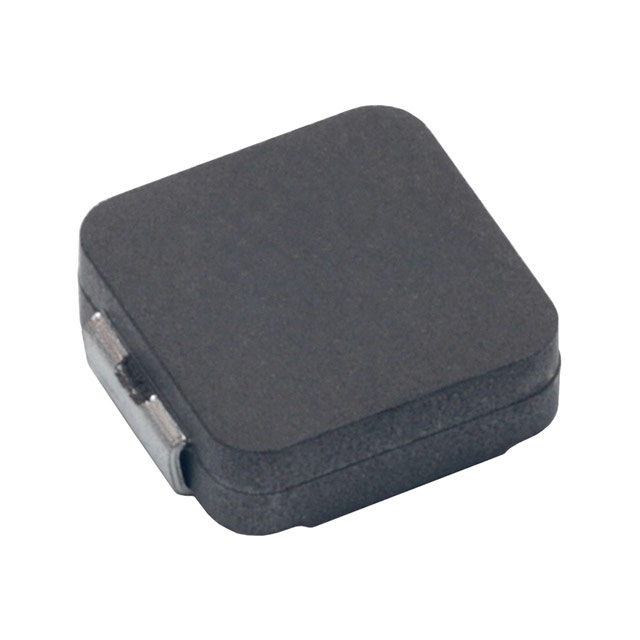
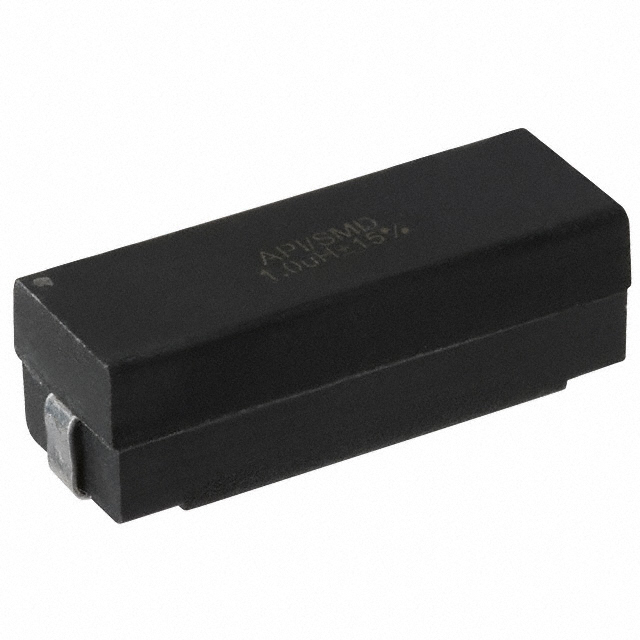

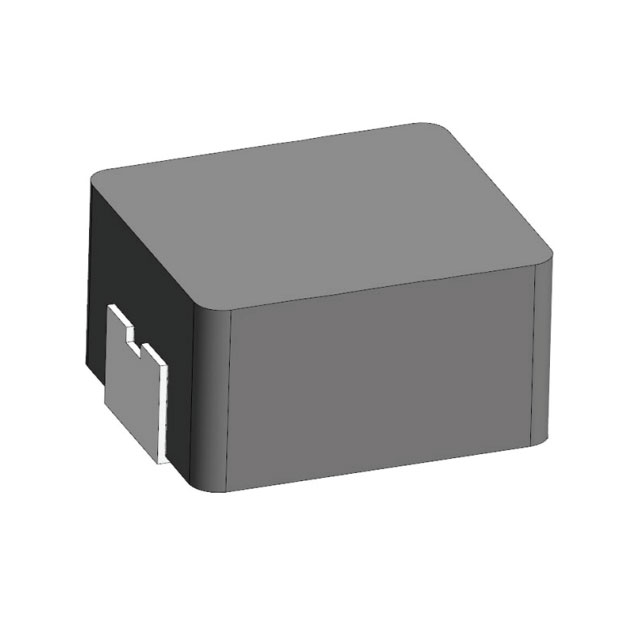
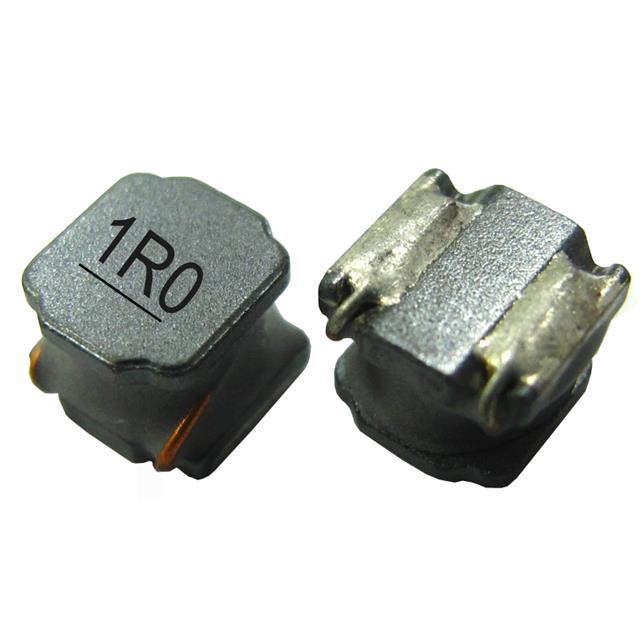

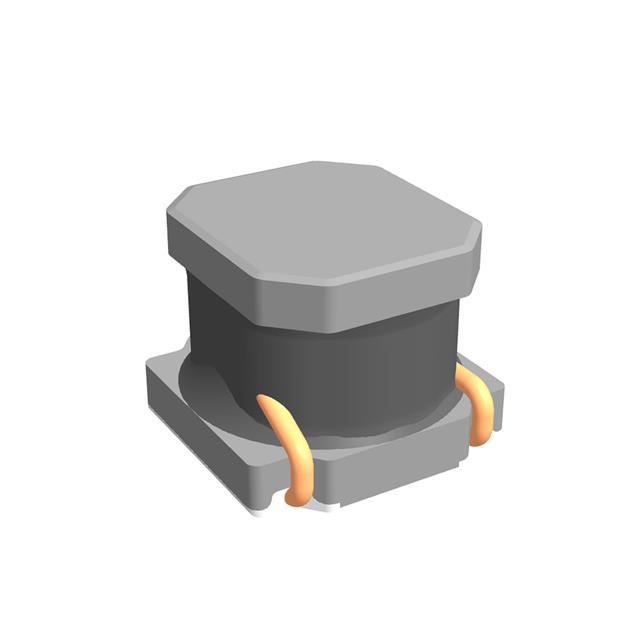
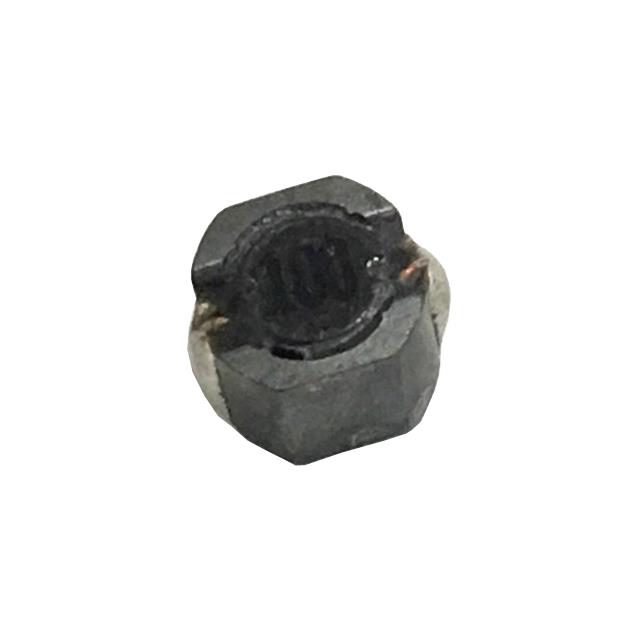
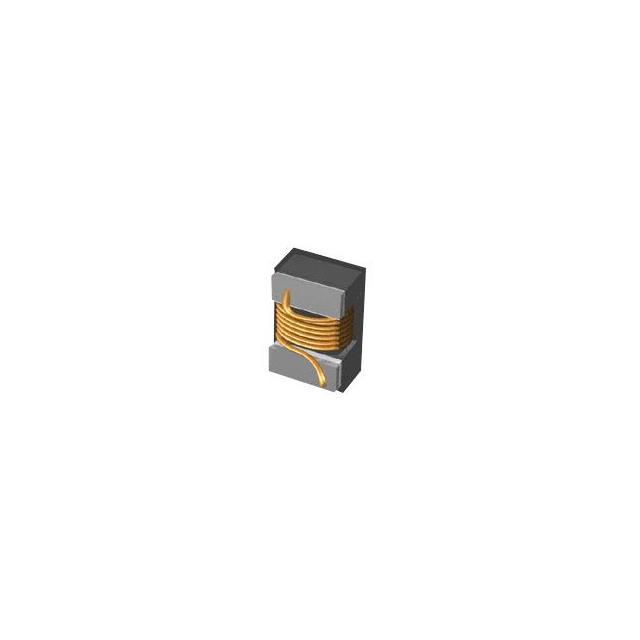
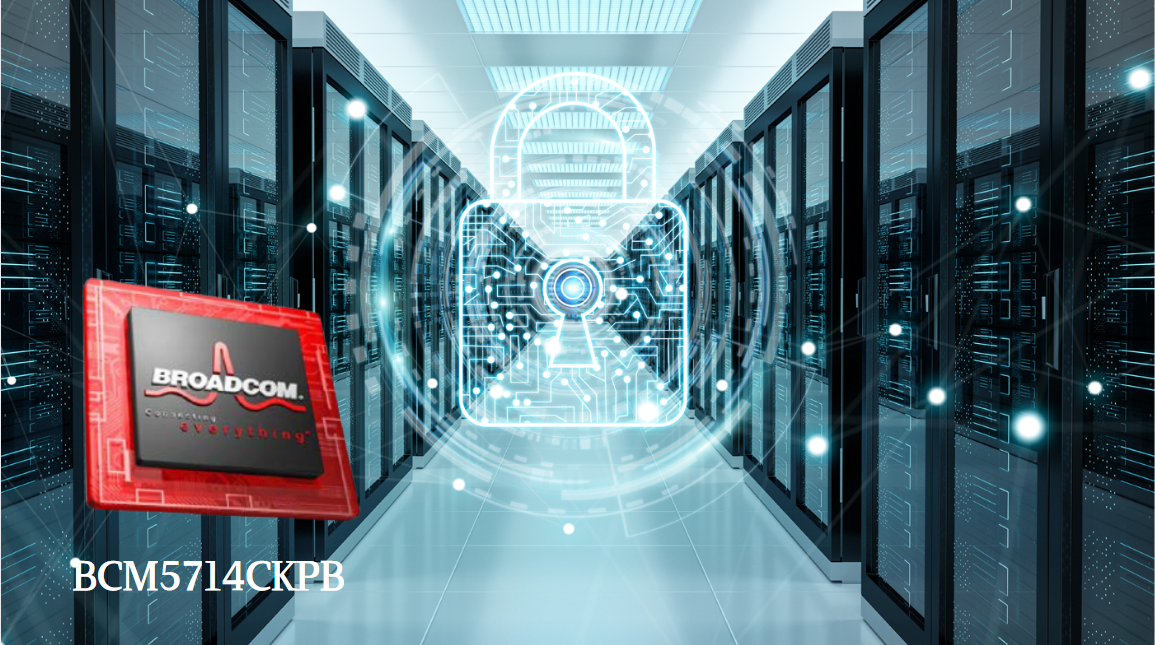
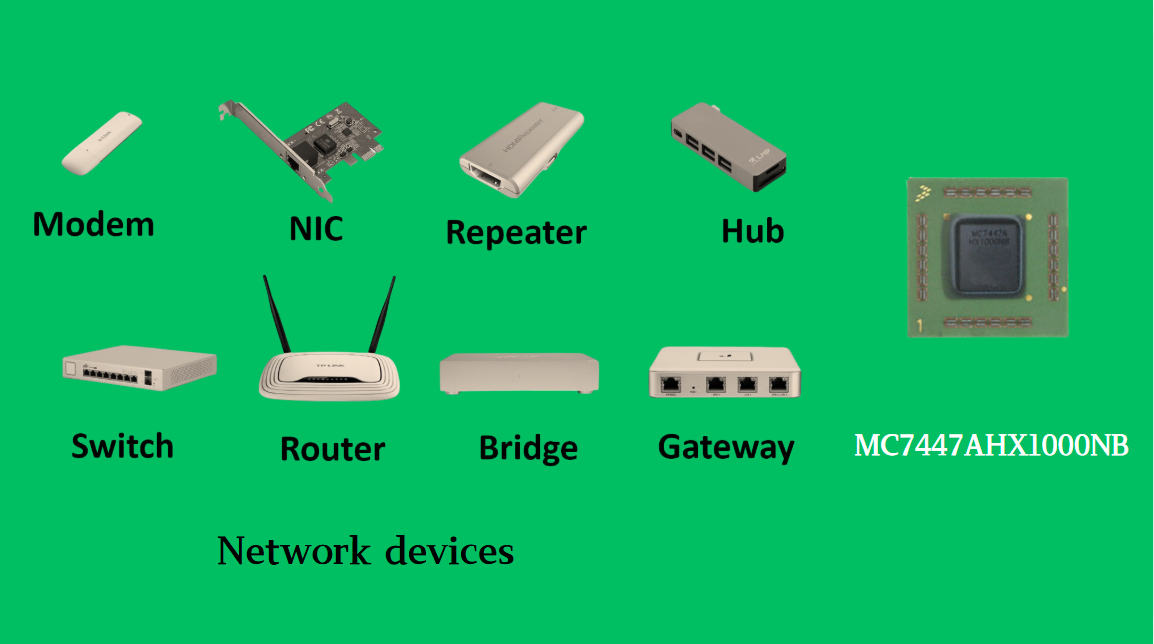
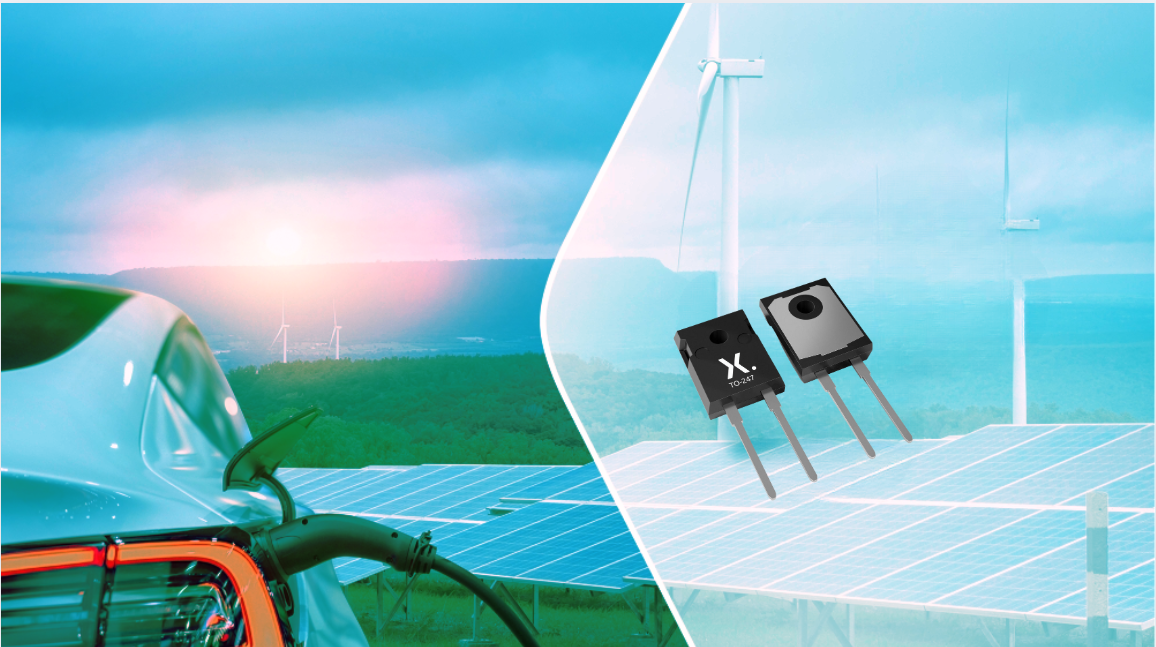







 Wishlist (0 Items)
Wishlist (0 Items)